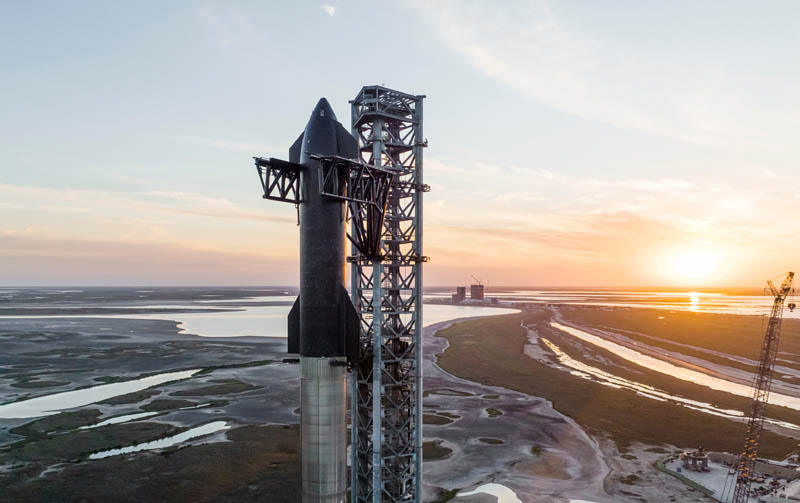SpaceX’s Starship program reached a pivotal moment during its ninth integrated flight test, marking the first successful reflight of a Super Heavy booster while simultaneously experiencing an upper stage failure. The test, conducted with intentionally aggressive parameters, provided crucial data for future iterations despite ending in what the company termed a “rapid unscheduled disassembly” of the Starship upper stage.
While the Super Heavy booster achieved its reusability milestone, the Starship upper stage experienced significant complications during flight. Vehicle suffered what SpaceX characterized as a rapid unscheduled disassembly, marking the third upper stage failure in recent flights and raising questions about the current design’s reliability.
Elon’s analysis on X provided technical insights into the failure mechanism. According to Elon, “Starship made it to the scheduled ship engine cutoff, so big improvement over last flight! Also, no significant loss of heat shield tiles during ascent. Leaks caused loss of main tank pressure during the coast and re-entry phase.”

Starship Flight 9 Test: “no significant loss of heat shield tiles during ascent.”
The upper stage failure shouldn’t overshadow several technical achievements during Flight 9. Starship successfully completed its scheduled engine cutoff sequence, representing substantial progress from previous attempts. Additionally, the heat shield system performed admirably during ascent, with minimal tile loss compared to earlier flights.
However, propellant tank pressure leaks during the coast phase ultimately compromised the vehicle’s ability to complete re-entry operations. Leaks prevented the Starship from maintaining proper fuel pressure, leading to the eventual loss of the vehicle.
Despite the setback, SpaceX plans to maintain an aggressive testing cadence. Musk announced that “launch cadence for next 3 flights will be faster, at approximately 1 every 3 to 4 weeks.” Accelerated schedule reflects the company’s confidence in rapidly incorporating lessons learned from each flight test.
The faster testing rhythm also suggests SpaceX believes it has identified the root causes of recent failures and can implement solutions relatively quickly.
“Teams will continue to review data and work toward our next flight test. With a test like this, success comes from what we learn, and today’s test will help us improve Starship’s reliability as SpaceX seeks to make life multiplanetary,” the company stated in its official assessment.
The intentionally aggressive test parameters for Flight 9 generated performance data that wouldn’t be available under normal operating conditions.
The successful Super Heavy reflight provides a significant advantage in the reusability race, potentially offering substantial cost savings compared to expendable alternatives. However, upper stage reliability remains crucial for securing high-value payloads and crewed missions.
With potential changes to NASA’s Artemis program structure, SpaceX’s demonstration of consistent performance becomes increasingly critical. Space agency’s confidence in Starship directly impacts mission planning and funding allocations for lunar exploration initiatives.
Related Post
SpaceX Starship Flight 9 Targets May 27 Launch with Flight-Proven Booster
SpaceX $1.8B Florida Expansion: Gigabay Facility & New Starship Launch Pad Coming by 2025
SpaceX V3 Starlink Satellites: 20x More Powerful Than Previous Generation, Launch on Starship
